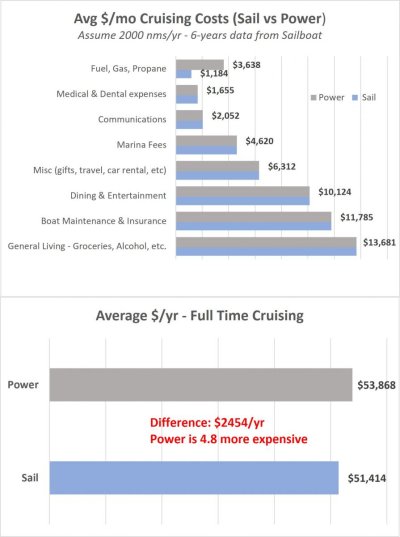Hartmanrox313
Member
- Joined
- Oct 16, 2022
- Messages
- 8
Hey guys I am new to the trawler scene… and I am looking to purchase an efficient trawler. I am going to be cruising the gulf and Caribbean and living on it. I have been told I should stay 40’+ but not certain. It’s just myself and maybe one other person most of the time. So I wasn’t looking at 40’+ because of room, more of safety on rough water… but maybe I 36 would be acceptable out there? Like I said I am new to this… 27 and been on big lakes all my life. Work at a marina now and very mechanical inclined so will have no fear of working on it myself. I don’t have any big “must haves” I just don’t want junk and room to move around in the engine room “since it’s not always smooth sailing in there”
-More efficient the better “Single or twin diesel?”
-Reliability is key along with well built “No junk”
-Roomy engine rooms
-Good resale value
-No wood hulls
Budget of 200k. Like the GB42’ classic but heard there is more efficient out there. Year isn’t an issue as long as it has what I stated. Thanks everyone!!
-More efficient the better “Single or twin diesel?”
-Reliability is key along with well built “No junk”
-Roomy engine rooms
-Good resale value
-No wood hulls
Budget of 200k. Like the GB42’ classic but heard there is more efficient out there. Year isn’t an issue as long as it has what I stated. Thanks everyone!!
Last edited:

